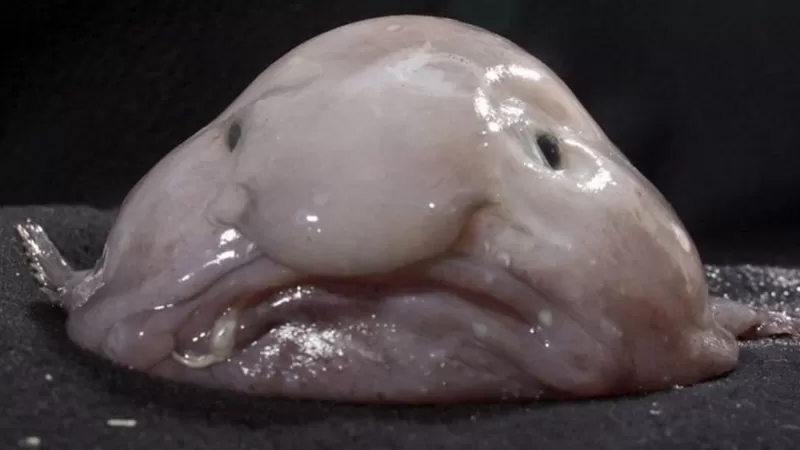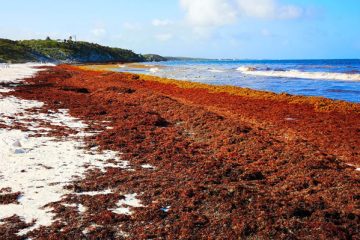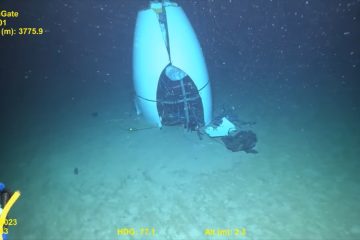Exploring the Blobfish: The Iconic Deep-Sea Wonder

Introduction
The blobfish, a deep-sea dweller often characterized by its unusual appearance, has captured the curiosity of marine enthusiasts and scientists alike. Found at depths of around 600 to 1,200 meters off the coasts of Australia and Tasmania, this gelatinous fish has gained notoriety as one of the world’s ugliest animals. Its unique physical traits and lifestyle have sparked interest and raised awareness about the ecological challenges faced by deep-sea creatures, particularly in the context of climate change.
Physical Characteristics
Blobfish (Psychrolutes marcidus) are distinct for their fleshy, bulbous bodies and lack of muscle, which contribute to their peculiar shape. Typically, they appear as a gelatinous mass when pulled from their natural habitat due to the pressure differences between deep-sea environments and the surface. This results in a face that many humans find comically unattractive, leading to its popularization as a meme. Despite its off-putting look, blobfish are well-adapted to their environment, relying on their buoyant body structure to float above the seafloor and access food with minimal energy expenditure.
Diet and Habitats
Blobfish primarily feed on small crustaceans and mollusks that inhabit the ocean floor. Their feeding method involves utilizing their low-density body to absorb prey rather than actively chasing it. The blobfish’s shallow habitat along the Australian continental shelf provides rich resources, yet it also makes the species susceptible to fishing activities and habitat disruption.
Environmental Challenges
In recent years, the blobfish has become a symbol of the broader impacts of climate change on marine ecosystems. As ocean temperatures rise and acidification occurs, the delicate layer of the deep-sea environment that blobfish rely on faces instability. Moreover, commercial fishing practices, such as trawling, pose a significant threat to their populations as they inadvertently capture and damage these unique creatures.
Conclusion
The blobfish, despite its unflattering appearance, serves as an important reminder of the ecological challenges faced by marine life. As climate change continues to alter ocean habitats, the status of the blobfish and other deep-sea species remains precarious. Conservationists urge increased awareness and protective measures to ensure the survival of these astonishing creatures. For readers, staying informed and supporting sustainable practices can contribute toward a healthier future for the ocean and all its inhabitants.









